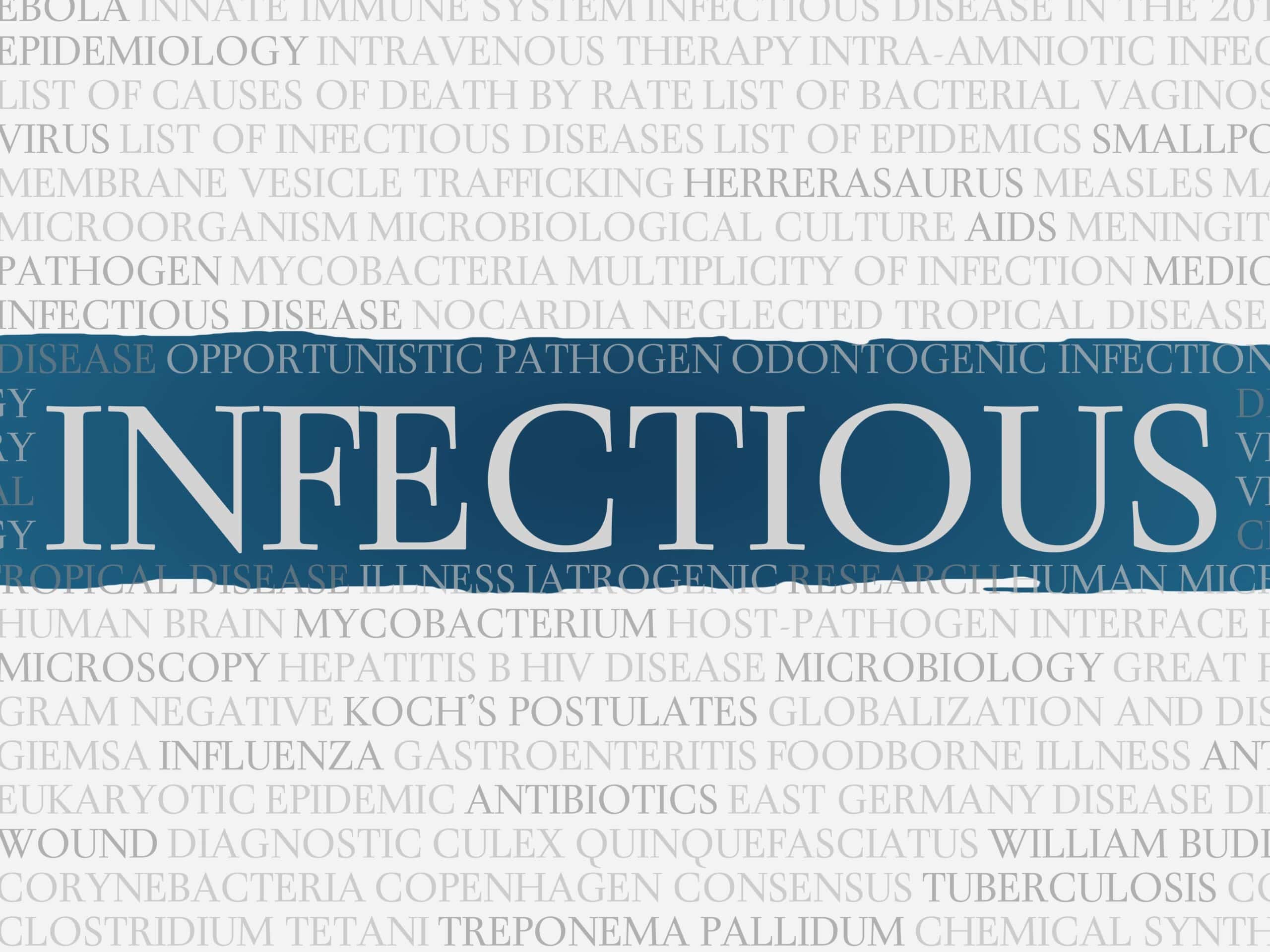Among the identified methods medical possibilities were not taken into consideration, and it does not offer recommendations rather a list of what the authors considered to be a short list of some of the most appropriate options for specific regions and the context should be considered in the context of their likely effectiveness, cost, practicality and fairness.
“There’s increasing pressure to re-open the economy and get people back to work and out of isolation. But if we return to operating as we did before the pandemic, there will be a second wave of the virus. All activities will need to be considered individually, and phased back in carefully, depending on the risk they pose to spreading the virus,” said Professor William Sutherland in the University of Cambridge’s Department of Zoology, who led the study.
Some regions have imposed lock down measures on their communities which are proving to be effective in controlling the spread of this virus, but they are placing major strains on the population’s mental and physical health as well as the economy. Phased re-openings with extra precautions being taken appears to be an option, as for those holding out for a vaccination it is unlikely to have a candidate before the end of 2021 if it is even effective at all, and if the populations trusts it being developed and used without the proper mandatory years of testing evaluating it for safety and efficacy that is required for all medications and vaccines.
Taking measures such as physical distancing, enhancing personal hygiene and taking steps to reduce contamination are likely to remain the central elements of all control strategies for the foreseeable future. This study, which notably has not been peer reviewed, lists a variety of practical options that are available which may help to achieve these measures which includes:
- Café owners could open outdoor areas only at first, and wipe down tables—spaced well apart—after each customer, and continue to offer curbside pick up or some form of delivery. (the same thing could be done with most non-essential shops offering goods)
- Public parks and areas could set up times of use during the day with restrictions going by age groups at certain times, leaving the gates open to limit contact, and those who enter asked to walk on the right side of paths or clockwise around large open areas similar to driving.
- Gas stations could become fully contactless, with the attendants serving customers who could pay from inside their car or through little windows in the service booth similar to drive thru windows with clear barriers set up to protect staff and customers. (clear barriers could be set up at every shop not just gas stations)
- Those with appointments at the various doctor’s offices or wherever a waiting room would normally be used could ask for patients to wait outside in their car until ready to be then called or texted to come in.
- School classrooms could be split into smaller groups with dedicated teachers who only go into school one week in every three for example then gradually increasing frequency.
“It’s basically about how to stop people hanging around together, and phasing in activities starting with the ones that are the safest. Making this happen will be up to the people responsible for every element of society,” says Sutherland.
Such methods of identifying, assessing, and applying a variety of options could help to enable the lifting of some of the stricter conditions earlier and shorten the transition period, with the ultimate goal to achieve a resilient normality amid the transition of reopening.
“In starting a process of decision-making or guidance-production, it’s sensible to be aware of the range of possible options. Policy makers and practitioners must decide which strategies are appropriate to phase in at different stages of the transition from lock down,” said Sutherland.
Solution Scanning information gathering methods were used in this study that use a range of sources to identify options for a given problem; these sources included experts from a range of fields, crowd sourcing, and published research to offer a variety of possible options to reopen. The full list can be viewed by clicking here.




